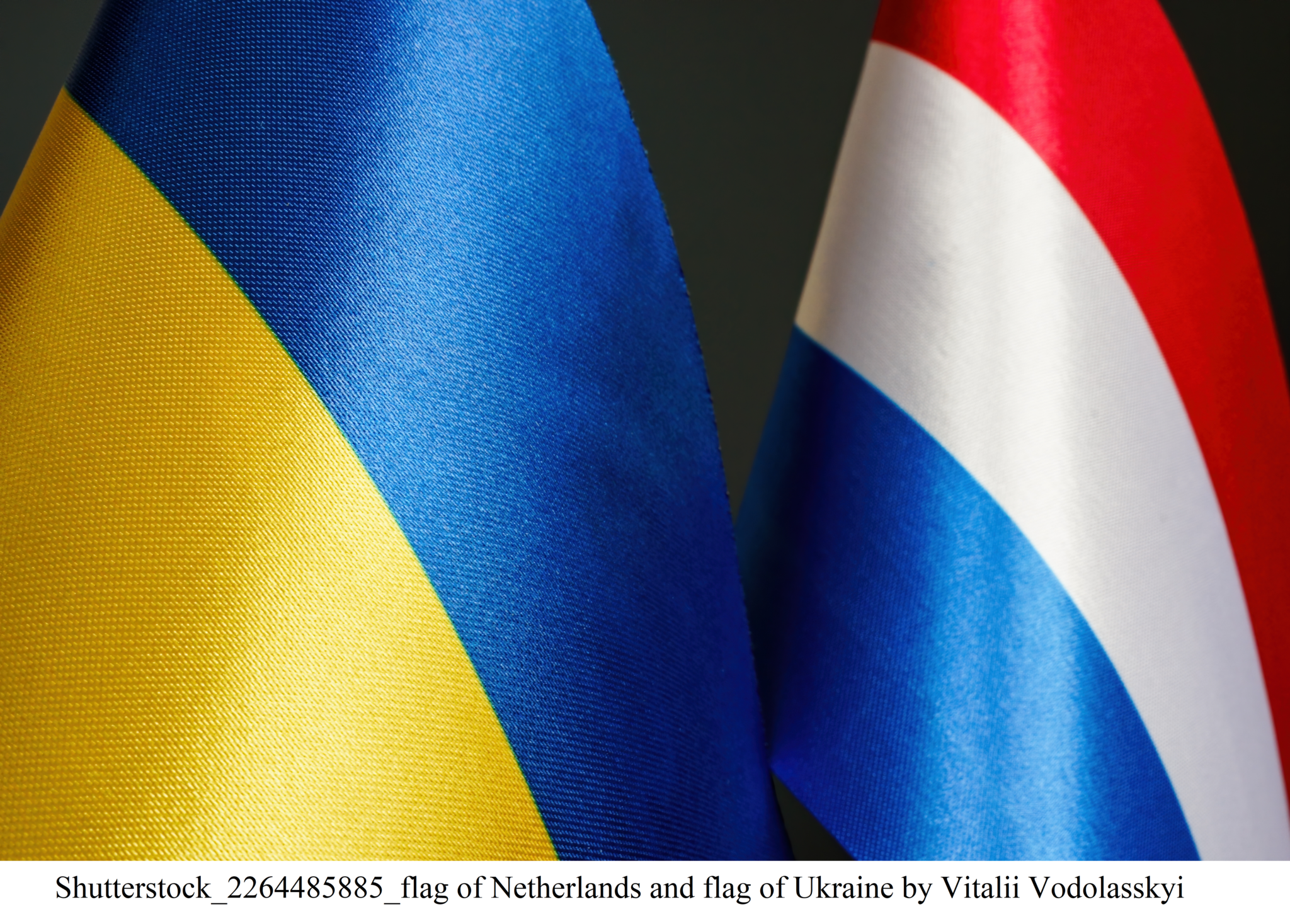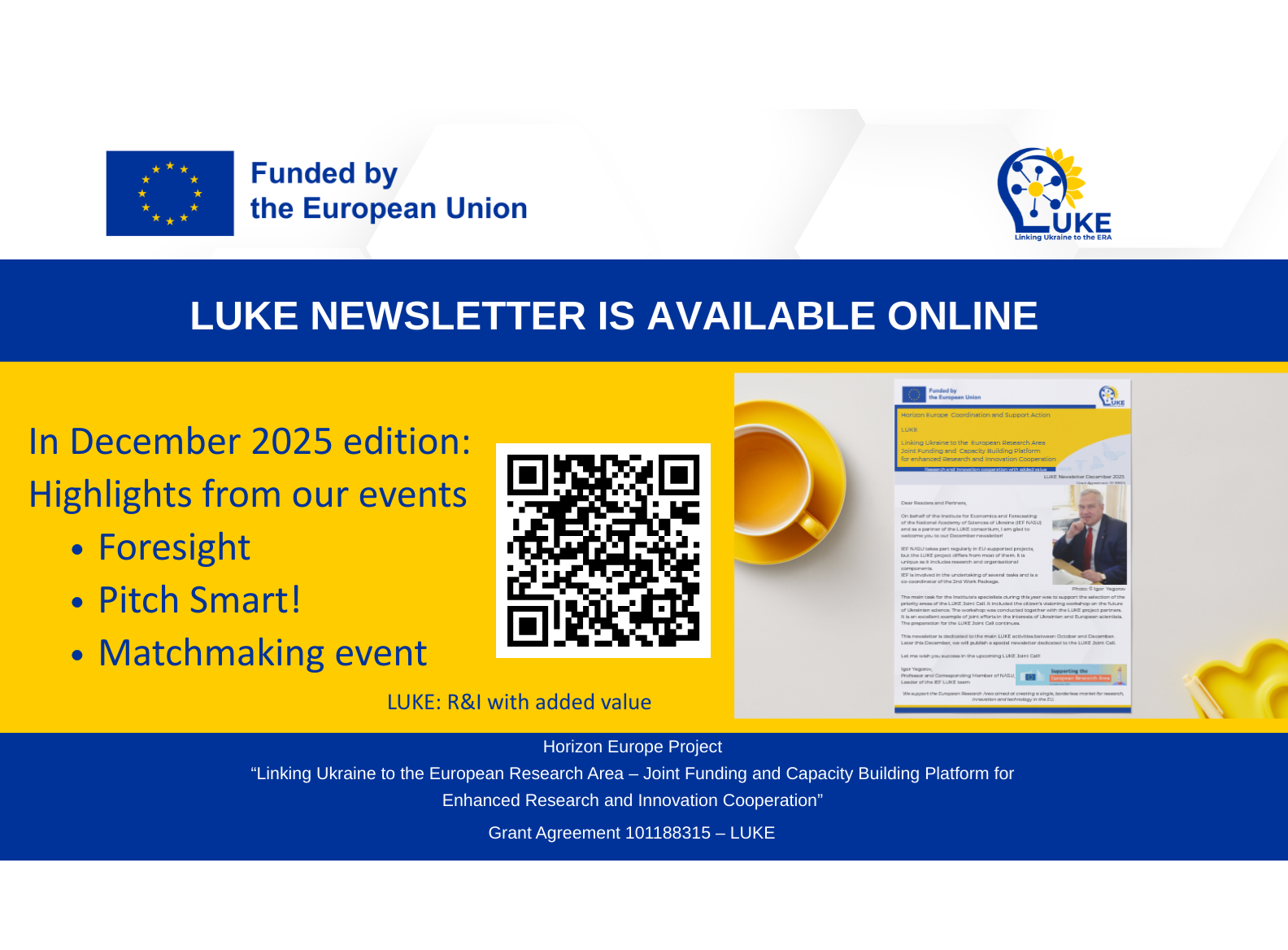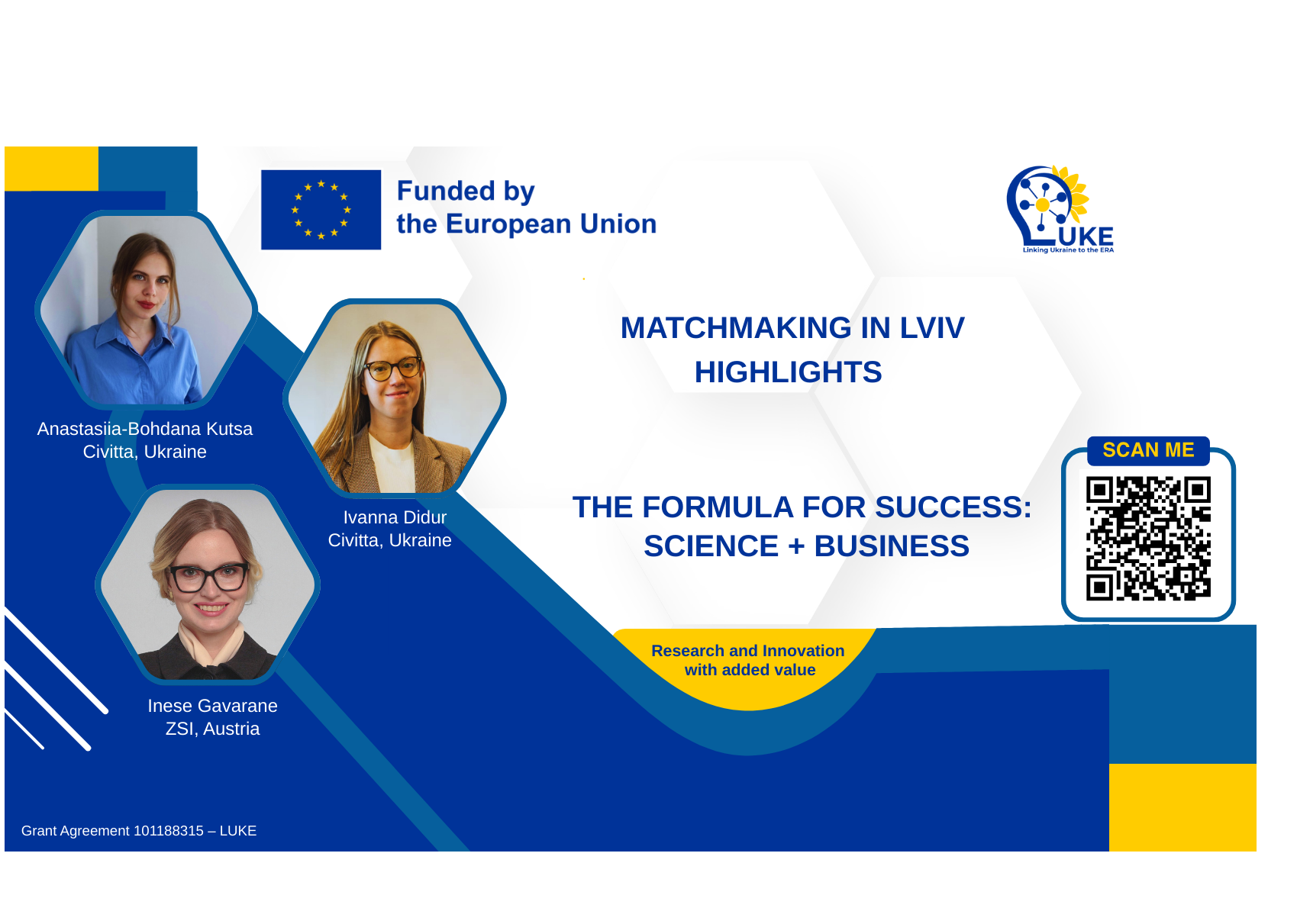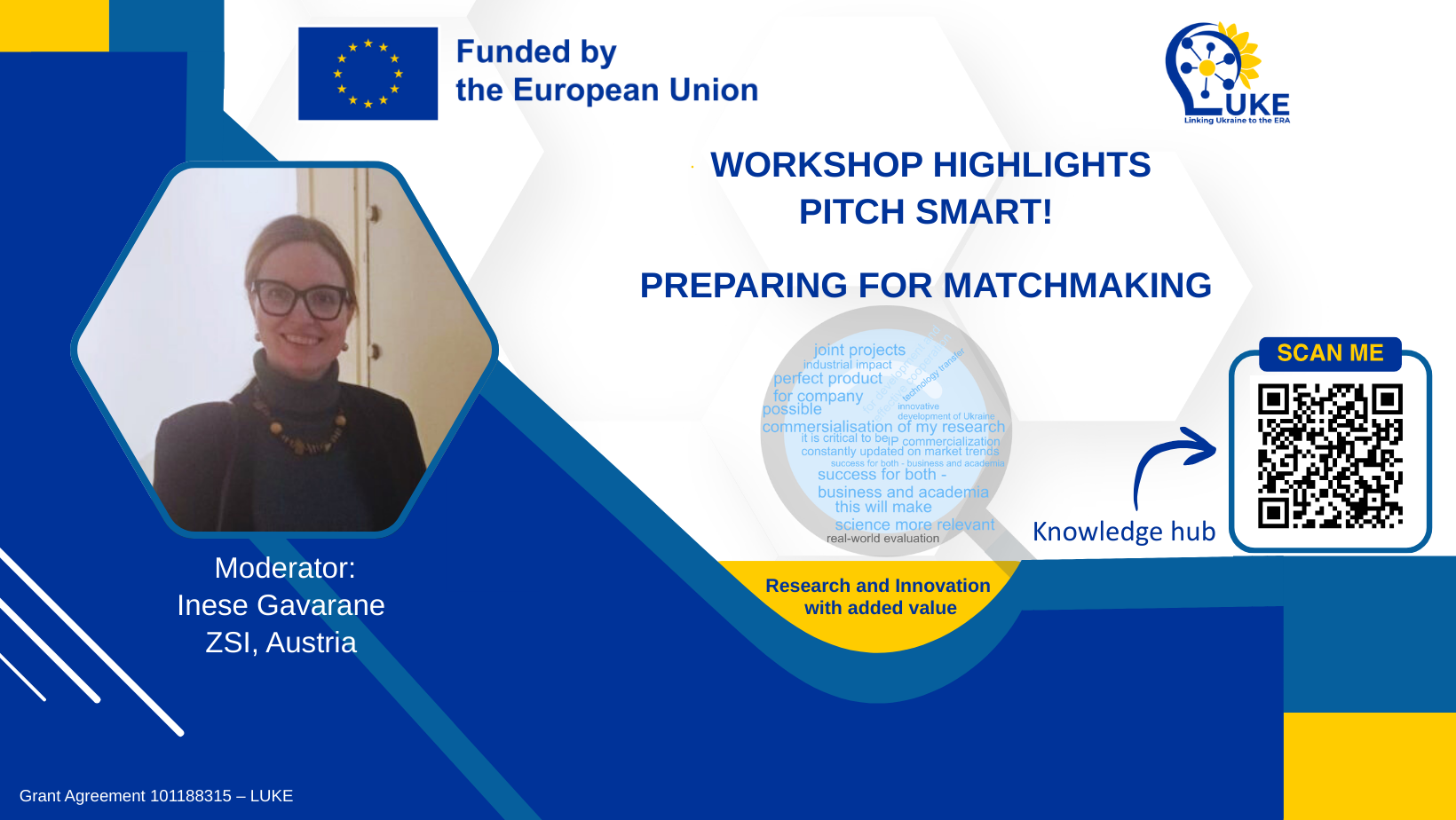Researchers strive to digitize and save scientific collections
“We will restore everything!”, we have been repeating for almost two years of the full-scale war. We will rebuild libraries, research institutions and universities, and restore damaged collections. This confidence helps us to live and work for the victory. However, the future of many museum collections is under threat. Many collections have been destroyed, damaged or stolen by the russian occupiers.
To be able to preserve and restore museum collections, they must first of all be digitized. This should be done as quickly as possible and at minimal cost. This problem was set to be solved by researchers who, with grant funding from the National Research Foundation of Ukraine, are implementing a project ‘Digitization of Natural History Collections Damaged as a Result of Hostilities and Related Factors: Development of Protocols and Implementation at the State Museum of Natural History of the National Academy of Sciences of Ukraine’. The project is a winner of the call ‘Science for the Recovery of Ukraine in the War and Post-War Periods’.
Andriy Novikov, the PI, senior researcher at the Department of Biosystematics and Evolution of the State Museum of Natural History of the NAS of Ukraine, has extensive experience in digitizing and managing natural history collections. The main focus of his research is biogeography and plant systematics. However, from the first days of the full-scale invasion, the researcher was forced to do something completely different: urgently search for fire extinguishers, arrange shelters for museum collections, and plan evacuation measures. “When the war broke out, we didn’t even have fire extinguishers, and the ones we had in the museum had long since expired,” he says. “I turned to my colleagues abroad, and they sent us fire extinguishers from Vienna, Prague, Krakow…”
The herbarium cabinets were covered with fireproof mineral wool sheets, with the financial support of colleagues from the American Society of Plant Taxonomists. “Even in Lviv, collections are not safe. You never know what to expect when the air raid siren sounds. At the beginning of the war some collections were left to their fate, their curators left. Sometimes you come to the museum, there are no keys, no people. You think: what should I do? You decide to evacuate the collections to the basement, go downstairs, and there water is dripping from the ceiling and the sewerage system has broken”, recalls the PI.
However, losses are possible not only as a result of missile attacks or military operations. Natural history collections are very delicate, they can deteriorate from improper storage (from mold and moisture), damage by pests, etc. Their condition is also affected by power and heating cuts.
What exactly do the researchers plan to do? Where did they start?
The PI explained that they would start, among other things, with surveying curators of the collections. It is important to understand the condition of the museum collections and what help is needed in each case. “The problem is that not all curators want to talk about the condition of the collections, to admit that they have lost a certain number of specimens during storage,” mentioned Dr. Novikov. “Even in our museum, according to the reports, everything is fine. Although the collections I have seen have some problems. We are considering what can be done about it”.
Currently, the project implementers are testing various cameras and scanners for digitization. This is necessary to determine what equipment is needed to digitize samples of all levels of preservation (including the most damaged ones). The next step will be to test international protocols and adopt international digitization standards. “International standards have clear requirements for the quality of sample images (for example, color accuracy) and their archival storage. We hope that we will be able to purchase high-quality equipment at an affordable price”, added the PI.
Among other things, the researchers plan to identify possible threats to the collections (during storage, transportation, etc.), and to develop criteria for evaluating samples. And most importantly, to digitize the collections of the museum. They are also ready to help digitize the collections of other museums. “Unfortunately, none of the collections in Ukraine have been fully digitized yet”, the researcher admitted.
Digitizing natural history collections is not an easy task as it is necessary, for example, to digitize collections of small insects or nematodes fixed in a special balm. Researchers are looking for answers to the following questions: what is the best way to photograph microscopic specimens? Is it necessary and how exactly to ‘decrypt’ information from original labels? How to avoid distortion of primary data?
The researchers are planning to apply an alternative type of digitization as well using molecular barcoding. During this research, the so-called universal genomic regions are sequenced (i.e., ‘read’). “Universal genomic regions are found in all organisms of a certain group, for example, in all mollusks or all fish. They are called barcoding because when visualized, nucleotides resemble cubes of different colors, and when magnified, they look like a barcode. Each organism has such a special ‘barcode’,” explained Andriy Novikov.
A researcher from V.N. Karazin Kharkiv National University, Oleksandr Zinenko, will help to perform molecular barcoding.
We asked what virtual platform the project team plans to place the data on.
The PI answered that, unfortunately, there is no universal platform for hosting digital copies of museum collections in Ukraine. The State Museum of Natural History of the NAS of Ukraine hosts the Biodiversity Data Center of Ukraine, however it does not yet provide for data exchange with foreign platforms. There is also the Ukrainian platform UkrBIN which is also practically closed to automated data exchange.
“The problem with our platforms is not only that they do not meet international standards on presenting biological data. The problem is that they do not have alternative sources of funding and are practically holding on the enthusiasm of individuals. These virtual collections have neither copies in cloud services nor reliable virtual ‘mirrors’. If funding stops, these platforms are doomed. Ukrainian platforms must either transform and meet international standards or they will disappear,” the PI emphasized.
According to Andriy Novikov, the closest thing to the DarwinCore international standard on presenting biological data (which is used by the Global Biodiversity Information Facility) is the JACQ platform which operates at the University of Vienna. The data on the platform are updated and can be ‘googled’. Therefore, JACQ is one of the platforms on which the project implementers will post data. Besides, digitized copies will be posted on the GBIF international network and on the website of the Biodiversity Data Center of Ukraine.
The team of collections rescuers includes both well-known and early-career researchers. Herbaria of vascular plants will be digitized by Andriy Novikov and Oleksandr Kuzyarin, herbaria of non-vascular plants by Anastasiia Savytska and Bohdan Prots, insects collections by Kateryna and Gabriel Gushtan, along with Volodymyr Rizun. Andrii Susulovskyi will take photos of microscopic specimens. Three assistants – Solomiya Susulovska, Viktor Nachychko and Dmytro Leleka – are also actively involved in the work.
How do you see the project results being applied in the future?
“I want to get closer to developing a digitization standard like the FADGI (Federal Agencies Digital Guidelines Initiative), which is in place in the U.S.,” Andriy Novikov replied. “I hope the protocols we develop will become the basis for such a standard. I also hope that our work will help to make these collections open – this is not a tribute to fashion, it is perhaps the only way to preserve these collections. I also wish to draw public attention to the natural history collections and the researchers who preserve them despite all the risks and dangers. I am sure that these stories are worth sharing.
Interviewed by Svitlana Galata





